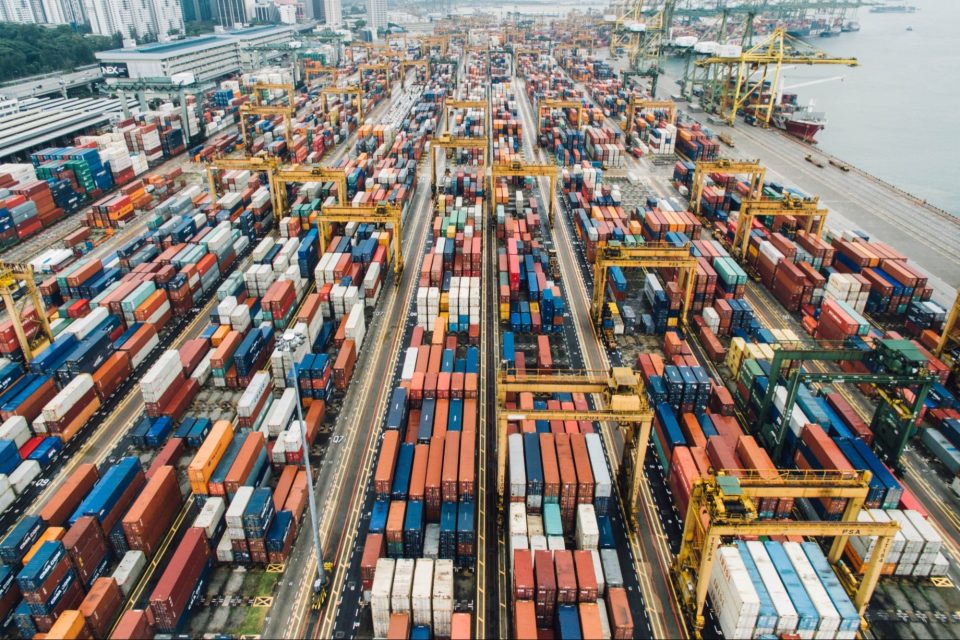On Monday, Mitsubishi UFJ (NYSE:MUFG) Financial Group Inc, Japan’s largest bank by assets, reported a 70.5 per cent slump in Q2 net profit due to another one-off loss related to the sale of US unit MUFG Union Bank.
Mitsubishi UFJ, which owns about 22 per cent of Morgan Stanley (NYSE:MS), reported a net profit of 117.41 billion yen (USD 841.83 million) for the quarter, against 398.4 billion yen a year earlier.
The Japanese lender maintained its full-year profit forecast of 1 trillion yen, a 12 per cent fall from the previous year when it reported a record profit.
Meanwhile, Mizuho Financial Group, Japan’s third-largest lender by assets, reported a 29.3 per cent increase in Q2 net profit. On the other hand, Sumitomo Mitsui Financial Group Inc, Japan’s second-largest lender, reported an 8 per cent increase in Q2 net profit. It raised its profit outlook as improved economic conditions have boosted lending.












